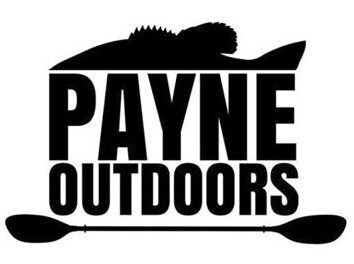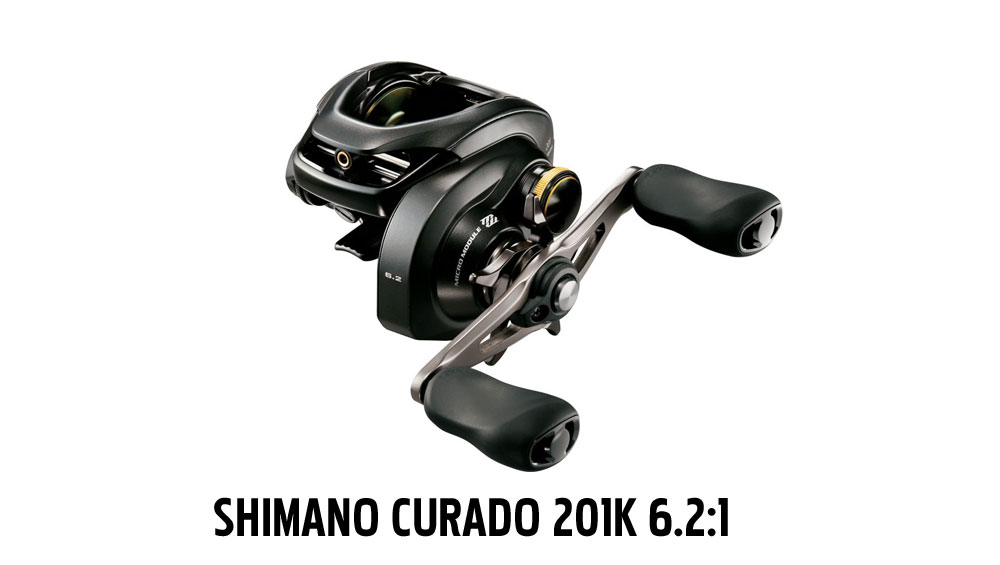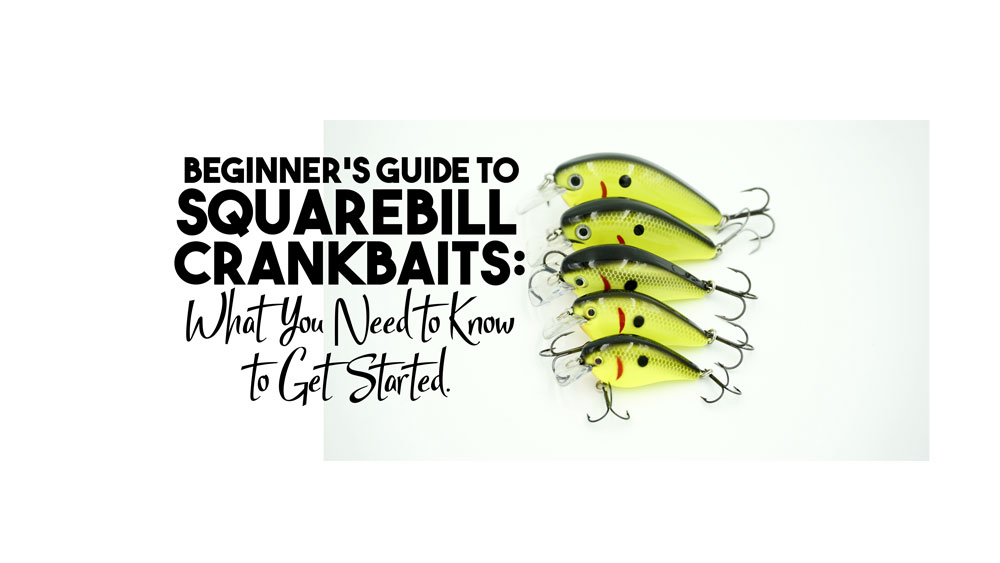
 Since Kevin VanDam won the 2011 Bassmaster Classic in New Orleans, the popularity of squarebill crankbaits has been on the rise. If you’ve never really used one, it might seem like a very targeted approach with their limited depth and potentially limited applications. For me, that hasn’t been the case at all. I want to dispell some myths and shorten the learning curve by creating a beginner’s guide to squarebill crankbaits.
Since Kevin VanDam won the 2011 Bassmaster Classic in New Orleans, the popularity of squarebill crankbaits has been on the rise. If you’ve never really used one, it might seem like a very targeted approach with their limited depth and potentially limited applications. For me, that hasn’t been the case at all. I want to dispell some myths and shorten the learning curve by creating a beginner’s guide to squarebill crankbaits.
The easiest way to break this down is by choosing one line of squarebills from one manufacturer. This allows us to talk about size comparisons, from length to hook size and match them up when applicable. For this beginner’s guide, I chose the Strike King KVD squarebill line. It’s my favorite squarebill and catches fish year round. I also love the array of colors and patterns the KVD series is available in.
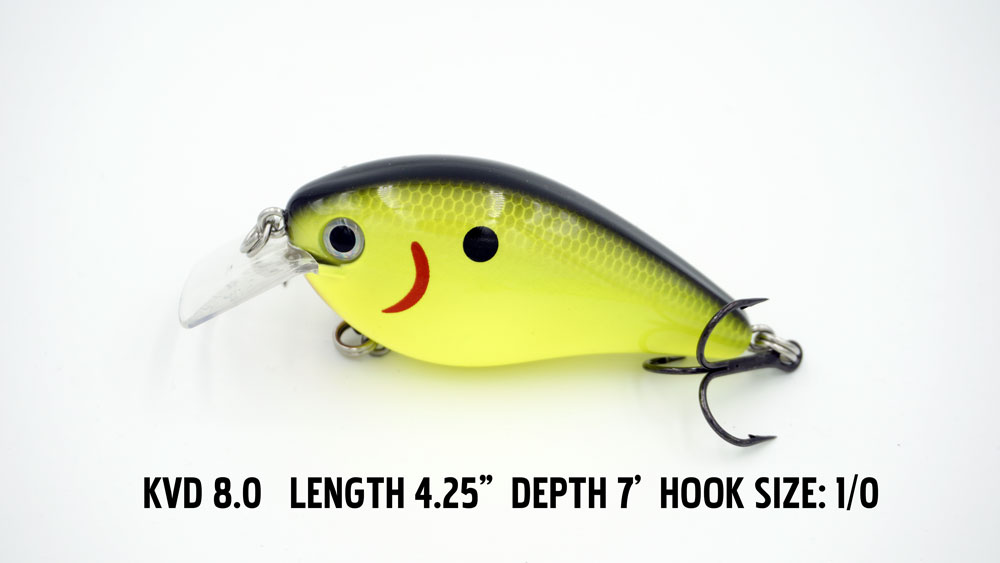 Where to Throw Squarebill Crankbaits
Where to Throw Squarebill Crankbaits
Traditionally, squarebills have been a shallow, rocky or stumpy, muddy water bait. The erratic action as it swims and the deflection off of trees and rocks is unparalleled. Those aren’t the only places they work, however. I love to throw a squarebill in deeper water with grass that is subsurface.
If I locate a flat that is 10 to 14 feet deep and has grass that comes about three to four feet below the surface, I will quickly tie on a squarebill. The bait ticking along the top of the subsurface grass gets the attention of bass that are deeper in the grass that a traditional crankbait can’t get to without getting all gummed up in the grass.
Of course, throw a squarebill anytime you can locate trees and rocks but don’t be afraid to fish it in water deeper than four feet. So many times I heard people say that a crankbait had to dig its nose in the ground to really get attention but that doesn’t apply to squarebill crankbaits in my experience. The action, deflection, and retrieve are much more important.
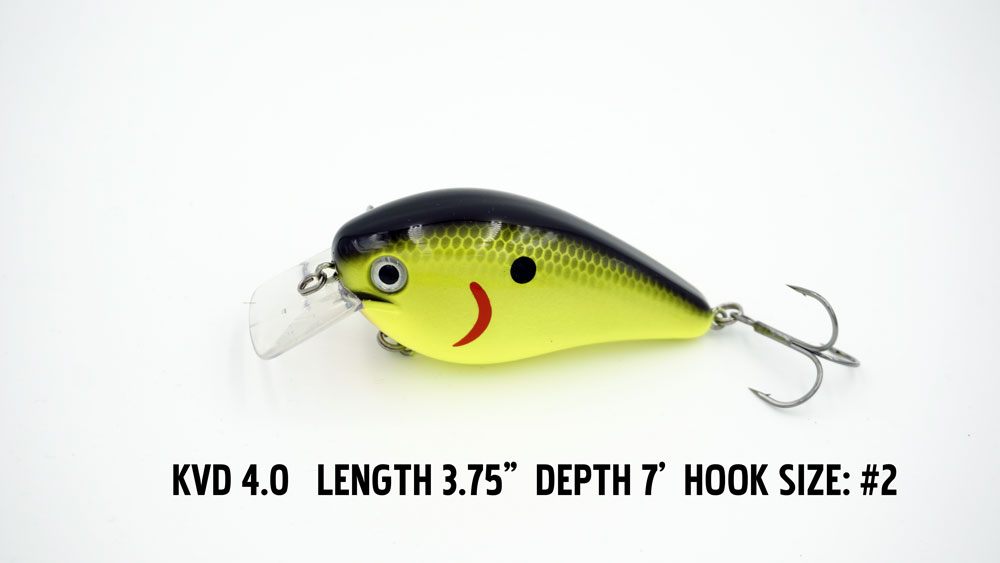 How to Throw Squarebill Crankbaits
How to Throw Squarebill Crankbaits
Retrieve is going to be something you’ll need to dial in. The speed of your retrieve will vary depending on the time of year and the forage that the fish are feeding on. Shad move and dart faster than bluegill and the bluegill act differently than crawfish. I usually start by marking a school of fish and then retrieving a KVD 1.5 at a steady medium pace right through it. If there is timber or rock I make sure to hit it during the retrieve. When you feel a collision with structure, pause for two seconds and then continue the retrieve.
In the summer, there will be days when you can’t reel it in too fast. In winter, you’ll need to slow down. If you are fishing open water or subsurface grass where collisions won’t happen, utilize a reel and pause technique. I’ll typically reel in about 10 cranks to get the bait moving and then do a two-second pause. Reel and repeat.
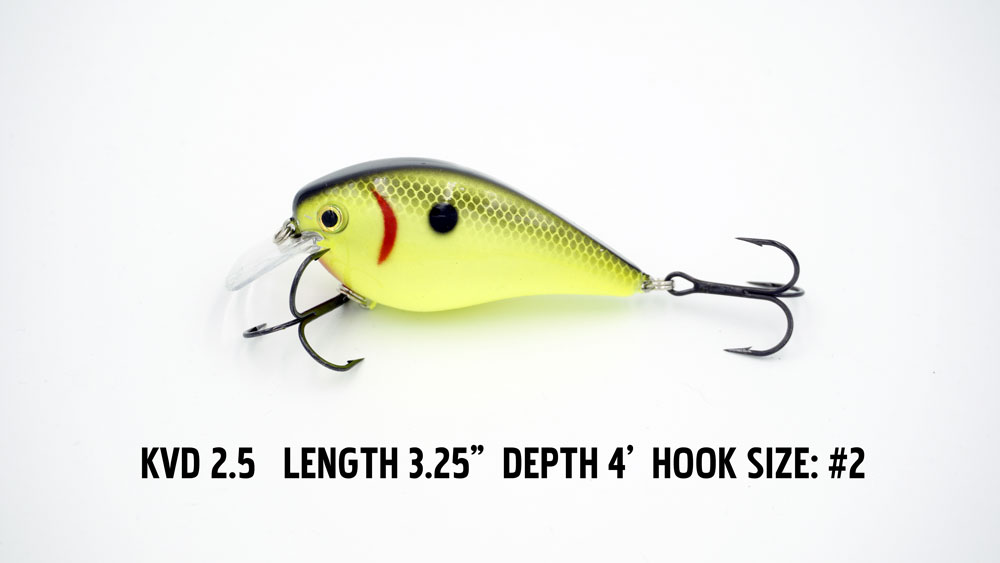 What Size of Squarebill Crankbaits to Throw
What Size of Squarebill Crankbaits to Throw
In the KVD line, the sizes are a 1.0, 1.5, 2.5, 4.0, and 8.0 with the 8.0 being the largest. The best advice for size choice is to try to match the forage. If bass are feeding on shad and smaller baitfish the 1.5 or even its little brother the 1.0 are going to be the best choice. When small bluegill come into play, up your size to the 2.5. Bigger bluegill will warrant the 4.0 and then when you are hunting monsters, especially in the winter, the 8.0 will find them.
When the main forage is crawfish, I almost always throw a 1.5 and if I need a deeper diving 1.5, there is now a model that dives to seven feet labeled as a deep diving squarebill. It’s an absolute smasher in the rocks where smallmouth hunt for crawfish. That pushes us into the color choices for squarebill crankbaits.
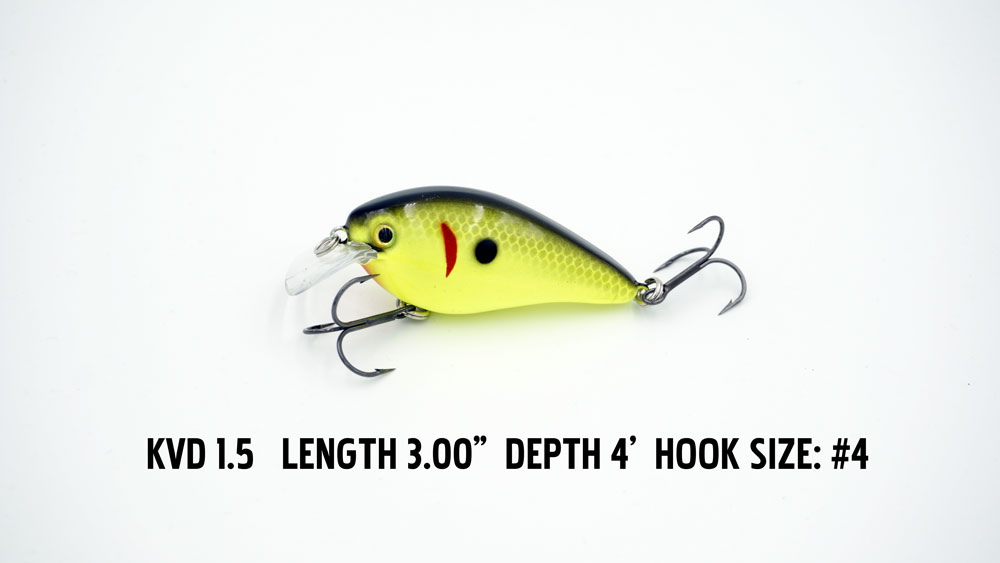 Which Color Squarebill
Which Color Squarebill
Matching the hatch isn’t always possible but with the KVD line, I bet you can get close. The thing to remember is that the clearer your water, the more realistic your pattern should be. Some of the new lifelike gizzard shad colors are ridiculously accurate representations. For crawfish patterns, talk to a local fisheries biologist about color changes in your local waterways depending on season and water temp. That blue craw color isn’t near as far-fetched as you might think.
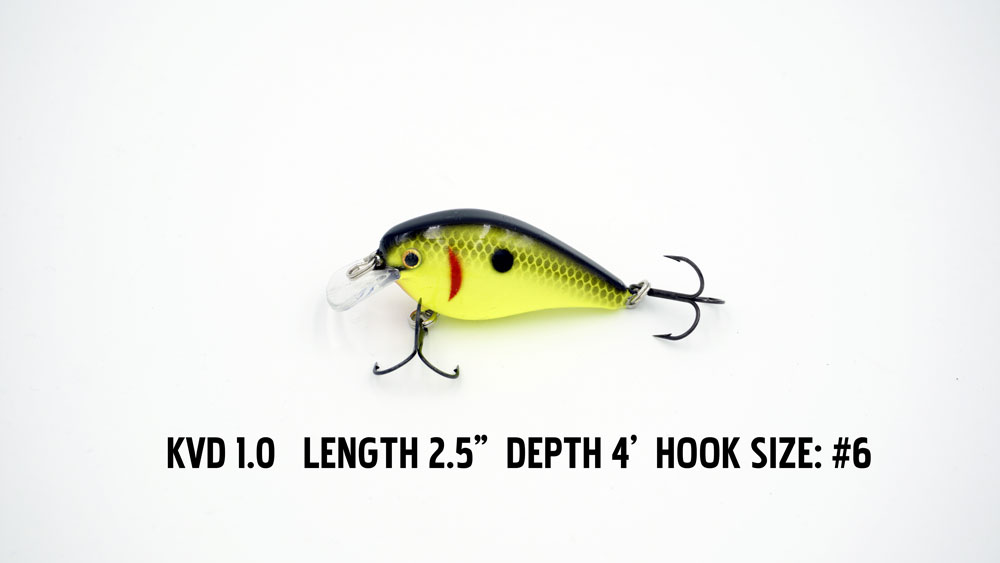 What Rod Should I throw a Squarebill On
What Rod Should I throw a Squarebill On
For an all-purpose squarebill rod, I like a Medium Heavy rod with a Moderate taper. I want to make sure I have the backbone for those bigger fish but a Moderate taper allows the bait to load up and also rebound slower off of cover, keeping the bait in the strike zone longer for a following fish. I generally prefer a rod between 7′ and 7’6″ . The two rods I like the best for squarebill crankbaits are the 7’4″ MH Shimano Curado Crankbait rod ($159) and the Daiwa Tatula XT Crankbait Rod 7′ Med Hvy Glass ($99).
Neither of these rods will break the bank and both do a great job getting the bait and fish through the cover.
What Reel Should I Use
Everyone has their brand preference of reel so fish what you like but pay attention to gear ratio. For deep diving cranks, many anglers go with a 5:1 ratio. For squarebills which are typically faster baits, I really like a mid 6 or even 7:1 ratio reel. My favorite is the everyday workhorse, a Shimano Curado 201 K. It’s a 6.2:1 ratio and allows me to fish squarebills or swap out to a 6 or 8XD on the same reel and rod if I want.
Is Line Important
Yes! If you’re going to be purposefully targeting rocks, trees, grass, and everything else, a good line is important. A good rule of thumb is the shallower you are throwing, the more robust your line should be. In less than three feet of water, I prefer 15-pound fluorocarbon. From four to seven I’ll throw 12 to 14 pound and then deeper than that, usually 12 pound.
Now What
You’ll get better with practice. The feel of a squarebill will become more familiar to you over time. If you aren’t sure which colors to get, I’d start with the chartreuse with black back, a sexy shad, and a red craw color pattern. Lots of fish eat those colors and those three will cover a clear water option, dirty water option, and a crawfish pattern.
Give squarebill crankbaits a try this year. Spend a day only throwing them while leaving your favorite baits at home. You’ll get the hang of it pretty quick and I bet before long, the squarebill will be one of your favorites too.
